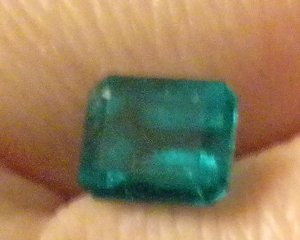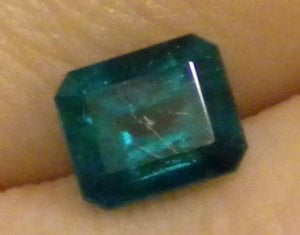Kim Bruun
Shiny_Rock
- Joined
- May 18, 2008
- Messages
- 376
I have read that virtually all emerald available today it treated with resins or oils to fill out the cracks. Is emerald, by nature, a poor quality stone that needs more help than just cutting to become beautiful? Are the treatments visible if you know what to look for?
I have a Colombian .57 light green, fairly clear emerald, and every time I come across one of these articles, I worry about it.
I've never had a problem with heat treated stones - after all, where would tanzanites and paraibas be without it? And with that in mind, I would be a hypocrite to turn down a gorgeous ruby just because it was heated to remove an ugly brownish tone. But actually introducing something into the stone, like an oil or a resin, that is kinda like flux healing for me. It just strikes me as invasive.
I have a Colombian .57 light green, fairly clear emerald, and every time I come across one of these articles, I worry about it.
I've never had a problem with heat treated stones - after all, where would tanzanites and paraibas be without it? And with that in mind, I would be a hypocrite to turn down a gorgeous ruby just because it was heated to remove an ugly brownish tone. But actually introducing something into the stone, like an oil or a resin, that is kinda like flux healing for me. It just strikes me as invasive.









300x240.png)